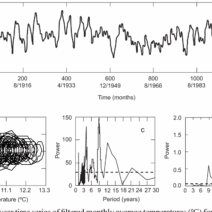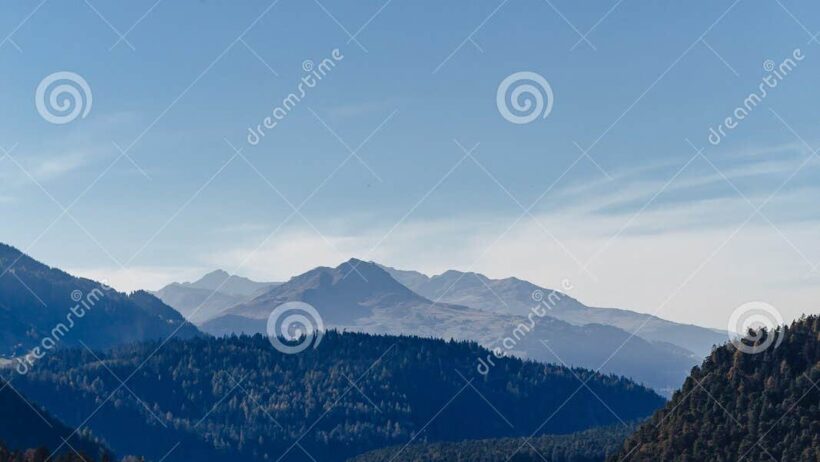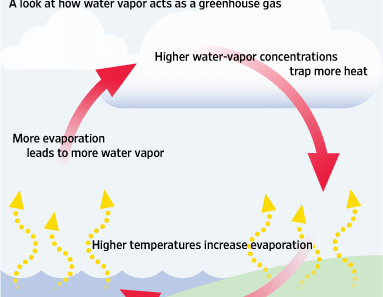Switzerland, renowned for its breathtaking landscapes, is a land where nature’s splendor harmonizes with the extremes of climate. Nestled in the heart of the Alps, the country experiences a diverse array of weather patterns that not only shape its environment but also influence the daily lives of its residents. Understanding the distinct characteristics of Switzerland’s climate, particularly during alpine winters and sunny summers, unravels the intricate relationship between geography and weather.
The Swiss climate is predominantly temperate, characterized by four distinct seasons. However, the mountainous terrain means that regional variations are pronounced. Altitude plays a pivotal role, dramatically affecting temperature and precipitation levels. In the higher altitudes of the Swiss Alps, conditions can be much colder and harsher compared to the lower valleys, where the climate is milder.
As winter descends upon Switzerland, the alpine regions transform into a wonderland of snow. The winter months, spanning from December to February, bring frigid temperatures that frequently plummet below freezing. In regions like Zermatt or Verbier, resorts bustle with activity as snowfall blankets the earth, creating ideal conditions for skiing, snowboarding, and a plethora of winter sports. The powdery snow not only enhances the scenic beauty but also supports the economy, drawing tourists from around the globe.
The emotional allure of Switzerland’s snowy landscapes lies not only in their aesthetic grandeur but also in their ecological significance. The snowpack serves as a crucial water reservoir. As it melts in spring, it nourishes the rivers and lakes, sustaining the flora and fauna, thereby fostering biodiversity. This cycle is integral to the environmental health of the region. However, the ominous specter of climate change looms, threatening this delicate balance. With global temperatures rising, winter seasons have become shorter, and snowfall quantities have diminished in some areas, posing unprecedented challenges to the ski industry and local ecosystems.
Transitioning into spring, a subtle metamorphosis takes place. As the snow recedes and the temperatures gradually warm, the landscape awakens. This transitional season is marked by a delicate balance. Early blossoms emerge amid the remnants of winter, heralding the arrival of life anew. Yet, this season is fleeting, often giving way to the glorious expanse of summer. The variability in spring weather can be a double-edged sword; while it nurtures growth, it also demands adaptability from the local agriculture which relies heavily on stable climate patterns.
When summer rolls in, from June to August, Switzerland bursts forth in a vibrant display of color and life. The alpine meadows transform into lush carpets of wildflowers, while the higher elevations remain adorned with gleaming snow caps that contrast against the deep blue sky. Average summer temperatures hover between 20°C to 30°C (68°F to 86°F), but variations are evident, especially as one ascends into the mountains.
The warmth of summer invites a plethora of outdoor activities, from hiking to biking, and from paragliding to swimming in pristine lakes. The natural beauty is complemented by a series of festivals celebrating local culture and agriculture, further enriching the summer experience for both locals and tourists alike. Such vibrancy illustrates a striking dichotomy when compared to the austere winters; it’s during this season that communities come together, thriving under the sun’s nurturing rays.
Nevertheless, a critical examination of Switzerland’s summer climate reveals underlying worries. The idyllic weather captures the imagination, yet it is essential to understand the implications of climate changes. Increased temperatures may lead to droughts, endangering crop yields and challenging water supply for irrigation. Furthermore, glacial retreat in the Alps is alarming, as these glaciers could disappear entirely if current trends continue, fundamentally altering Switzerland’s landscape and impacting biodiversity in the process.
Understanding Switzerland’s climate underscores a pivotal reality: each change, however minute, beckons attention. The impacts of our having introduced more greenhouse gases into the atmosphere threaten not merely the beautiful Swiss scenery but the very fabric of life in these regions. Shifting weather patterns influence the agricultural sector, tourism, and natural habitats, prompting a need for adaptive strategies and proactive measures.
In conclusion, Switzerland’s climatic dichotomy offers an intriguing lens through which to perceive the challenges posed by climate change. The dramatic contrasts between snowy winters and sun-drenched summers not only captivate the senses but also underscore an urgent need for environmental stewardship. Embracing sustainable practices and protecting natural resources is paramount. As we traverse this enchanting land, let us remain vigilant about its future. After all, what is at stake is not merely the aesthetic beauty but the ecological integrity that sustains life in such a resplendent corner of the world.








